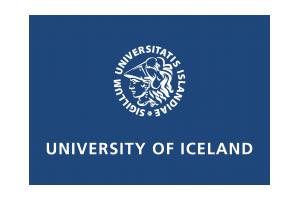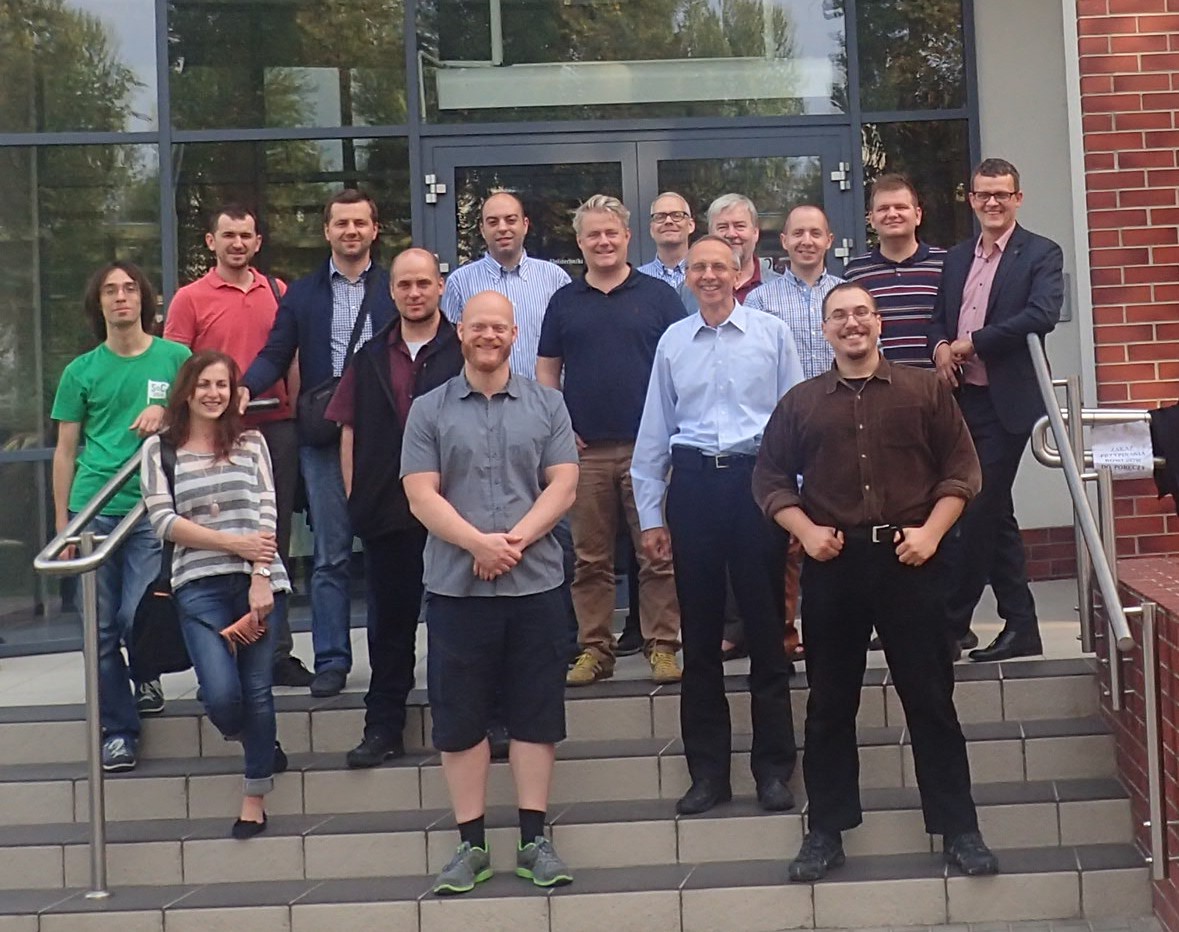University of Iceland
-
0 comments

About the innovator
The Sound of Vision project was coordinated by University of Iceland and POLITEHNICA University of Bucharest. Partners - universities, associations for visually impaired and companies - came from Iceland, Romania, Poland, Hungary and Italy. This wide, multidisciplinary research involved computer scientists, industrial and mechanical engineers, psychologists, mobility instructors and visually impaired people. The project combined innovation in multiple areas such as 3D image processing, haptics, audio, virtual reality, product development and user testing, leading to a working, TRL 7 prototype.
Haskoli Ilands on Twitter
Sound of Vision on Twitter
What is the innovation
A wearable assistive system with enough capabilities to substantially alleviate the situation of visually impaired people - allowing them to perceive the environment and move independently, in indoor and outdoor areas, without the need for predefined tags/sensors. The user receives information via audio models inspired by natural phenomena like liquid sounds and image-like haptic projections of objects on the abdomen - both leading to a powerful, naturalistic perception. The working prototype (TRL 7) needs 1-2 years of further development before marketing.
Out of the lab. Into the market
After the funding period, the partners continued individually to advance the technology towards a commercial product. Areas such as 3D imaging, haptic vibrations, ergonomy are addressed. Furthermore, they have already included the technology into new projects (such as 3D body scanning, cochlear implant etc.).
In 2019 a new consortium, or a startup, will be initiated to finally bring Sound of Vision to market, to visually impaired. The innovation is showcased at ICT 2018, to identity relevant partners.
Benefits of participation in the Framework Programme
The project enabled the partners to accomplish things which would never been possible by working individually. Talents from wide areas and resources complemented each other, enabling the team to reach its goals. A good example is the extensive user-centric design and testing during development - which would not have been possible without the project. More than 45 visually impaired persons participated in the development (over 1000 hours of design, training and testing - in both laboratory and real-world environments).
This innovation was funded via H2020 project Sound of Vision
Team behind the innovation
/futurium/en/file/p9241613-cropjpgp9241613-crop.jpg


